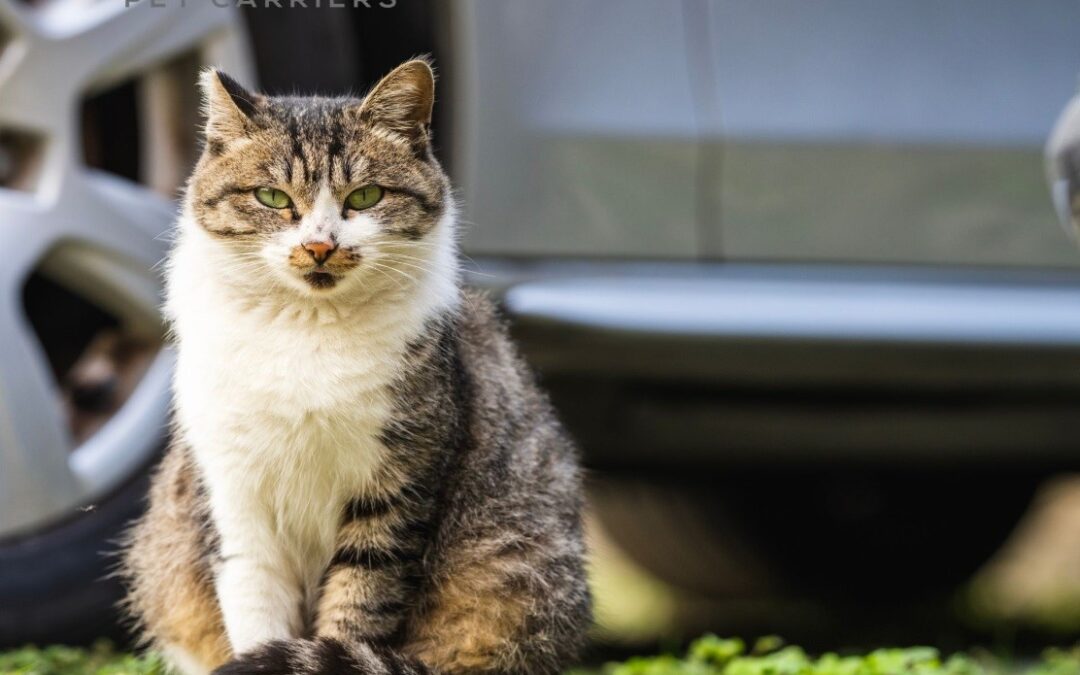If you own a cat you know they are territorial creatures.
Additionally, cats are so smart and human-like sometimes that we must take their feelings into consideration before doing things that will directly affect them.
Cats are not great travelers.
Cats do not like to travel, especially long-distance journeys. It sounds weird, and you might be wondering why that is, but not to worry, it’ll be explained.
Cats are creatures of habits; they adhere to a routine. Cats love their privacy and their selected comfort zone; hence, yanking them away from the comfort they are used to can be a bit overwhelming for them. An overwhelmed cat is not a happy cat.
Nobody wants a sulking, unhappy traveling buddy, so it is imperative that you exhaust options to make your journey a fun one for all travelers involved.
Below are safety tips that will help keep your cat safe during a long journey:
- Familiarize your Cat with the Environment
As mentioned above, cats are creature of habits. They only love to stay in their comfort zones because that’s where they can be happiest.
In order to make a journey fun for your cat, you have to familiarize them with your car.
Take your cat on little drives once in a while even if it’s a drive to the park or just a drive around. This will make your cat get accustomed to the car. Also, it allows the cat the opportunity to mark the car with its scent, which is a way of claiming personal territory which, as stated, is something they enjoy.
- Always have a high-quality carrier
Size doesn’t matter here; your cat must always ride in a carrier or a crate.
A loose cat can be dangerous to both itself and the driver.
Your cat can be a huge distraction if it is not properly secured and it takes just one second for an accident to occur. Not riding in a carrier can also leave them feeling insecure.
- Make the space feel like home
While going for a long ride with your cat, it helps to bring in your cat’s favorite toys, wool and blankets.
This is to make the crate comfortable and feeling familiar. Remember, cats love comfort and familiarity.
- Know when to Take a Break
If the entire duration of your trip can be done in 2 hours, then your cat might have no need getting out of its crate at all.
However, if it’s anything longer than that, you might want to make little stops so that your cat can walk around a bit, stretch its legs, drink water or use the bathroom.
- Stop the car if you must open the carrier
If for any reason you want to open up your cat carrier or crate, make sure that your car is parked with the engine switched off.
- Use a seat belt
Even though your cat is safely tucked in its crate, there is no harm in going the extra mile by getting a pet seat belt.
Human seat belts are not designed to take animals or crates so you should get a belt that suits your carrier.
- Visit your Vet
Before you embark on any journey whatsoever with your car, it’s imperative that you go to your veterinarian.
Perform checkups on your fur-baby and be sure that it is in the right condition to travel for a long distance.
Even as humans, sometimes while on a trip, we take some light medication like dramimine for motion sickness or anti-anxiety medications. The same should be done for your cat.
- Get a disposable little box
Cats are very neat creatures, therefore their hygiene is rather easy to maintain.
While planning for a longer journey, you can get a couple of disposable litter boxes.
These are kept on the floor of your car and when your cat has to go, all you need to is park and allow the cat to finish it’s business. When it’s done, you can easily toss them away.
- Proper Identification
Be sure that your cat is wearing a legible collar. Also, make sure that all your cats necessary information (like it’s microchip info) is up to date.
Micro-chipping your feline is important. If you haven’t done that, do it as soon as possible and if you’re planning a journey, try getting it done before you and your pet hit the road.



Recent Comments